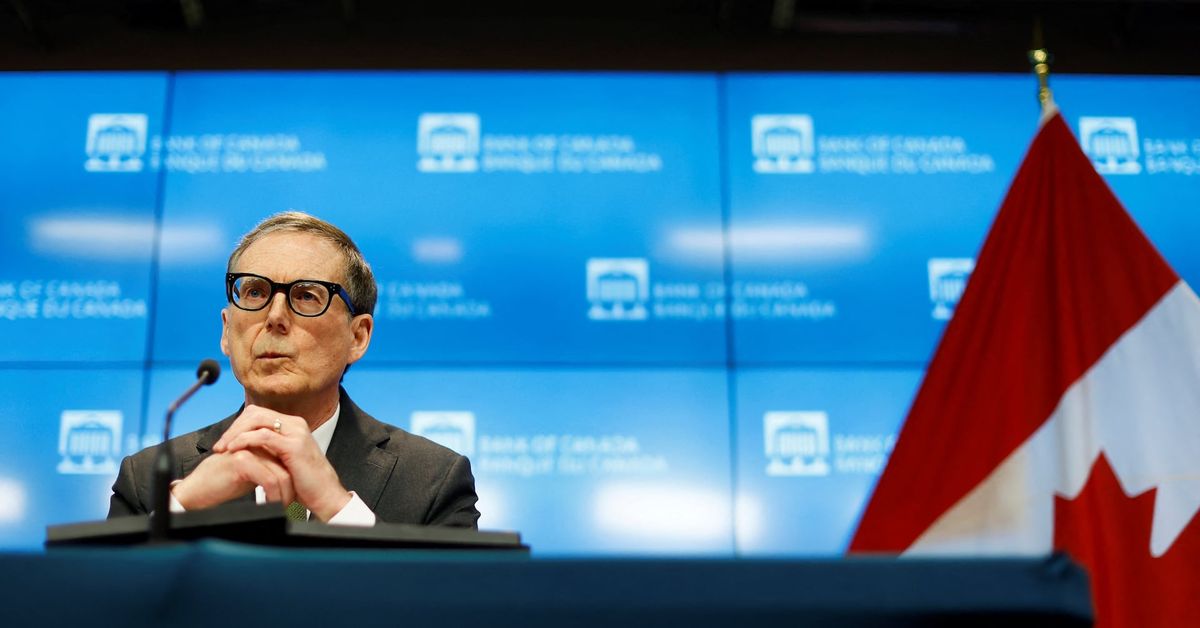
The Bank of Canada is widely expected to keep its key overnight rate on hold Wednesday, as it gathers more evidence of cooling inflation before delivering its first interest rate cut in four years, which the money markets bet could come as early as June.
Canada’s inflation, including core measures tracked by the central bank, has eased from a peak of 8.1% in June 2022 and Friday’s labor force survey also showed weakness in the job market. Yet, the central bank risks fueling a rally in housing prices, a key component that has driven Canada’s inflation, with a premature rate cut.
“The economy is really quite frail,” said Pedro Antunes, chief economist at Conference Board of Canada, an independent think tank.
“Bankruptcy rates for businesses are just sky-rocketing, profits are down, inventories are high. Only thing that is holding up consumer spending is increase in population,” he said, adding that while the BoC will keep rates on hold this week, it is fast moving towards a cut.
An immigration-driven population growth has sparked an unprecedented housing shortage in Canada, and many first-time home buyers and renters are waiting in the wings to jump back into the market as borrowing costs fall from a 22-year peak.
The BoC will announce its monetary policy decision on April 10 at 0945 ET when it will also come out with its quarterly monetary policy report giving projections on the economy and inflation.
Money markets have been cranking up their bets for the first 25 basis-point rate cut in June with the chances currently hovering around 78% from around 70% end of last month. A July rate cut is fully priced in while April is expected to be a hold by the bank.
In a Reuters poll, more than 70% of economists, 27 out of 38, expected the BoC to deliver its first rate cut in June, in line with market pricing. Seven predicted the first cut would come in July, and the remaining four said September.
The BoC ratcheted up borrowing costs by 475 basis points in a space of 17 months to 5% and has held them at that level since July last year.
While this helped in cooling inflation to 2.8% in February, it has impacted mortgage costs which are highly skewed towards interest rates in Canada, and crimped spending by consumers and businesses.
Governor Tiff Macklem had said in March that it was still too early to consider a rate cut and it wanted to see further signs of underlying easing inflation.
The central bank aims to keep inflation at 2% of its target range.
“At this point, it’s really a coin toss between the first rate cut in Canada happening in June or July, but I think it will only be June if the good news on inflation continues,” said Stephen Tapp, chief economist at Canadian Chamber of Commerce.
Analysts and economists have said that the BoC is likely to lead the Federal Reserve in rate cuts as the countries have diverging economic data, with the current U.S. economic resilience not trickling into Canada, despite three-fourths of its international trade being dependent on its bigger neighbor.






